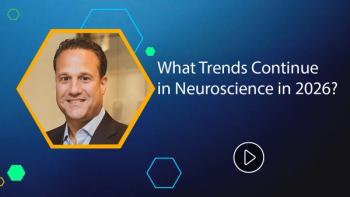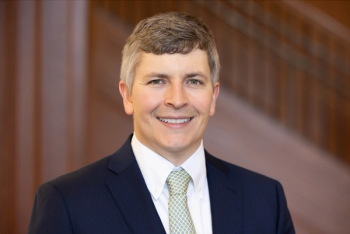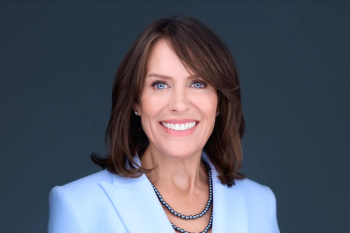
How the "Millennials" Demographic is Shaping US Healthcare
The US is skewing young again, and the "millennials" have the clout to color everything from the nation's cultural landscape to the conduct of business practices like marketing and customer engagement, writes Bill Looney.
Youthquake : How the Millennial Demographic is Shaping US Healthcare
If demographics is the driver of destiny, then 2014 must be marked as a game-changer. Buried in a new set of Census Bureau statistics is the fact that, for the first time in decades, the 18-to-34 year-old set now claims the largest share (23.5%) of the US population, outpacing all other age groups. There are now more 23 year olds – 4.7 million of them – than any other age; the second most populous age group is 24, and the third is 22.
In other words, the US is skewing young again—even as the post-war baby boom generation ages, these so-called millennials now carry the numerical clout to color everything from the nation’s cultural landscape to the conduct of basic business practices like marketing, reputation and customer engagement.
Because healthcare is ultimately a people business, our industry has a strategic interest in adapting to this transition. The assumption has always been that biopharmaceuticals are a business whose P&L relies on customers at the tail end of the human life cycle. This may have been true for an era when the industry sold only pills; it is far less relevant now that companies are repositioning themselves as “total health solutions” providers, where helping patients to stay well is as important to the bottom line as treating the sick. Pfizer embraced this premise with its recent decision to extend the remit of its “Get Old” public advocacy campaign on aging to include a more inclusive cross-generational perspective.
The effects are subtle, but there are numerous examples of how this “youth skew” is shaping healthcare. Immigration is the dominant force behind a projected growth in the 18-to-34 cohort to nearly 86 million people by 2020, adding to the importance of embracing cultural diversity as a marketing tool. Anyone who works with the Hispanic community knows that a successful prescribing intervention requires attention to the people behind the patient—that “total health solution” involves caregivers too.
On the technology front, millennials stand out as the first generation without the late-adopter phobias that blunted the promise of personalized, real-time tools for using and sharing health information electronically. Programs that rely on mobile apps, gaming, GPS and other user-friendly electronic devices are beginning to deliver on their promise to inform drug marketers about everything from local variations in scrip fill rates to keeping patients compliant with their meds. With millions more tech-savvy consumers in play, companies able to turn raw data into knowledge that can be applied commercially stand to gain a significant competitive advantage.
We are also seeing the youth perspective emerging in larger debates on public health policy—even here in the pages of Pharm Exec. In our cover story this month, Dr. David Haslam, Chair of the UK’s drug assessment agency, the National Institute of Health and Care Excellence (NICE), reaffirmed his country’s willingness to ration access to costly new drugs, on grounds that NICE has an obligation to the healthy as well as the sick in ensuring the NHS gets its money’s worth. When resources are finite, he said, the “silent majority” has just as much at stake in keeping the health system solvent as do the “pressure groups,” with their immediate need to be heard.
In the US, rationing of medical care has long been considered anathema—it’s the proverbial third rail of health politics. But the demographic switch toward a statistically dominant younger population suggests that the door to rationing is going to have to be opened in the years ahead, at least by a crack. Inevitably, big Pharma will find itself in the crosshairs of that debate.
With so much at stake, where can the industry make a difference in catering to this younger demographic? Education and employment for young science graduates is a key area where the interest is mutual. To keep drug pipelines productive, industry depends on a steady stream of young bioscience graduates with adaptable skills. But the reality is something different, with studies from the National Institutes of Health (NIH) and other groups depicting an institutionalized mismatch between training and jobs. Public budget cuts have created a culture of ageism: a typical researcher receiving that first career-building grant from the NIH now must wait until well beyond his/her 40th birthday. This month’s Pharm Exec interview with Italian academic Fabio Pammolli suggests the situation for young scientists in Europe is even worse, with declining job prospects for new graduates accentuated by the lack of mobility between the disciplines, institutions and geographies that foster innovation in basic research and complements private-sector drug development.
Collaboration and mentoring of aspiring researchers between big Pharma and the major academic teaching institutions is underway, but the experts say more needs to be done. As a non-expert, I can say it simply: to fix the future, hire someone young.
Newsletter
Lead with insight with the Pharmaceutical Executive newsletter, featuring strategic analysis, leadership trends, and market intelligence for biopharma decision-makers.





